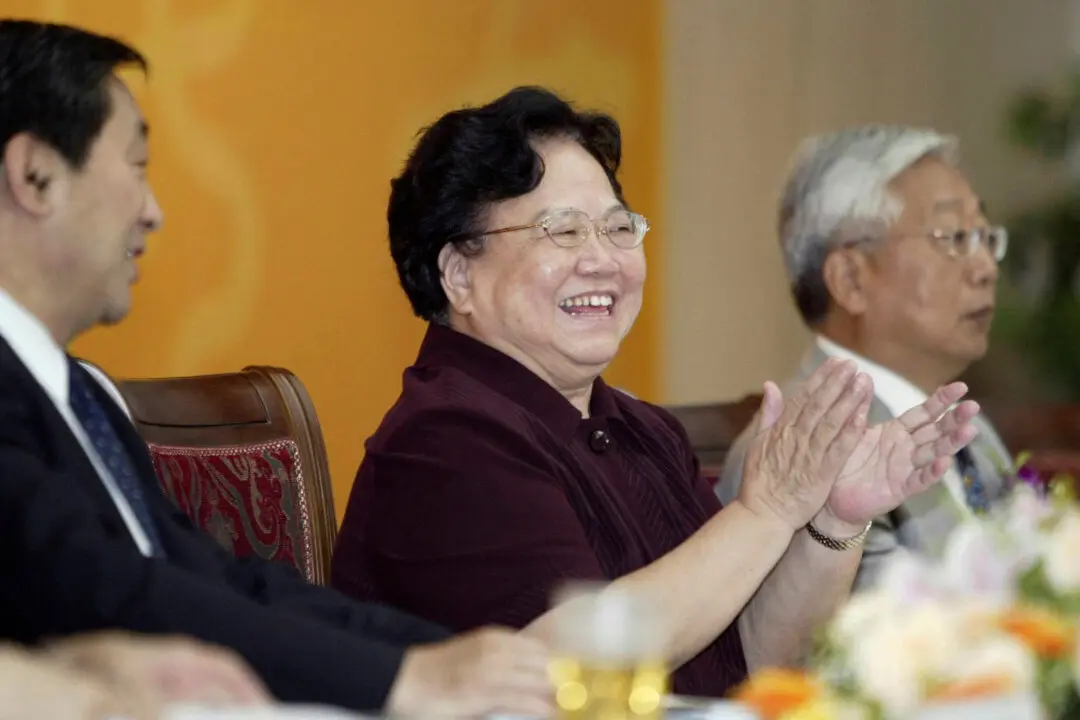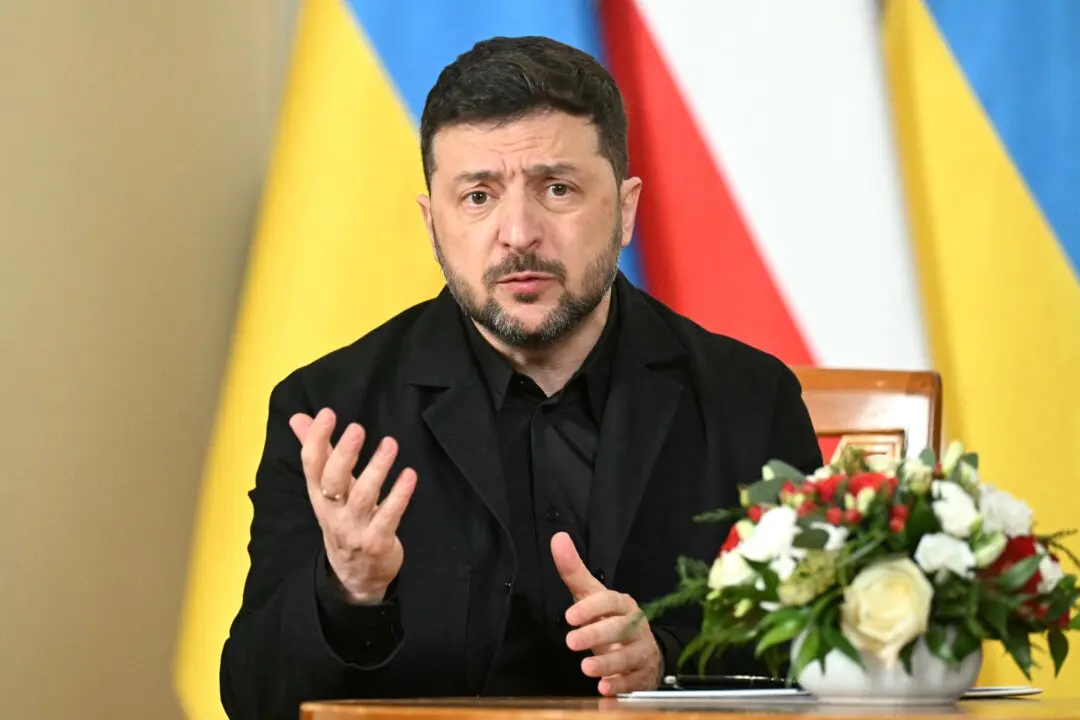NEW YORK—Here is some good news to hold onto this holiday season: Americans are giving more than ever.
Last year, Americans gave a total of $410 billion to worthy causes, according to Giving USA, surpassing $400 billion for the first time ever. And this year’s Giving Tuesday, a charity promotion on the Tuesday after Thanksgiving, is seeing pledges already totaling more than $380 million on just that one day, up 27 percent from the year before, according to a survey of major giving portals like Facebook, PayPal, and Blackbaud.






